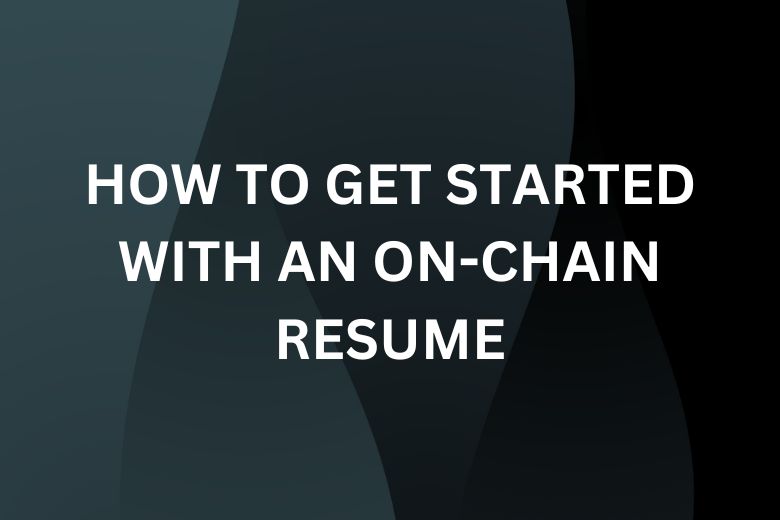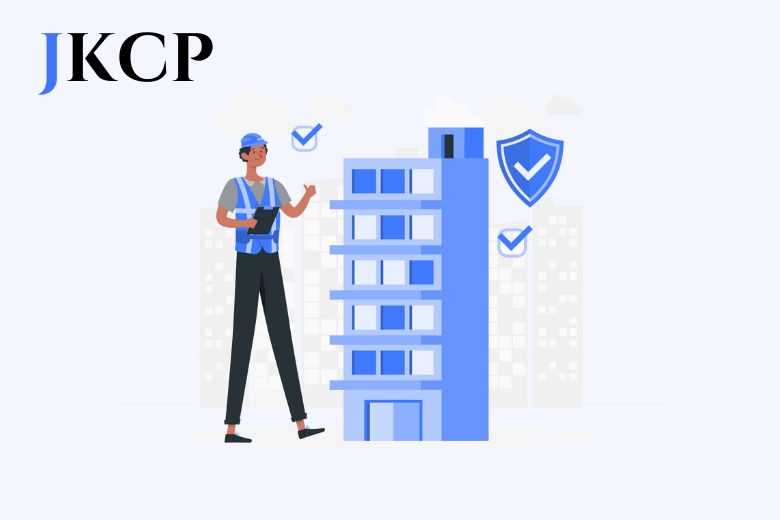Essential Blockchain Product Design Skills for 2025
Blockchain technology is no longer just about cryptocurrencies and smart contracts – it’s reshaping industries from finance to healthcare, gaming, and beyond. Designing user-friendly blockchain products is becoming a hot skill as this innovative tech goes mainstream. Whether you’re building a DeFi platform, a crypto wallet, or a decentralized app (dApp), a good design can make or break the user experience (UX).
So, what does it take to stand out as a blockchain product designer in 2025? Let’s explore the essential skills you need to crush it in this rapidly evolving field.
1. Understanding Blockchain Basics
Before you can design products for blockchain, you need to understand how it works. No, you don’t need to be a hardcore coder, but knowing the fundamentals is non-negotiable.
Key Concepts to Know:
Why it matters: Without this knowledge, your designs may lack context, leading to user confusion or inefficient workflows.
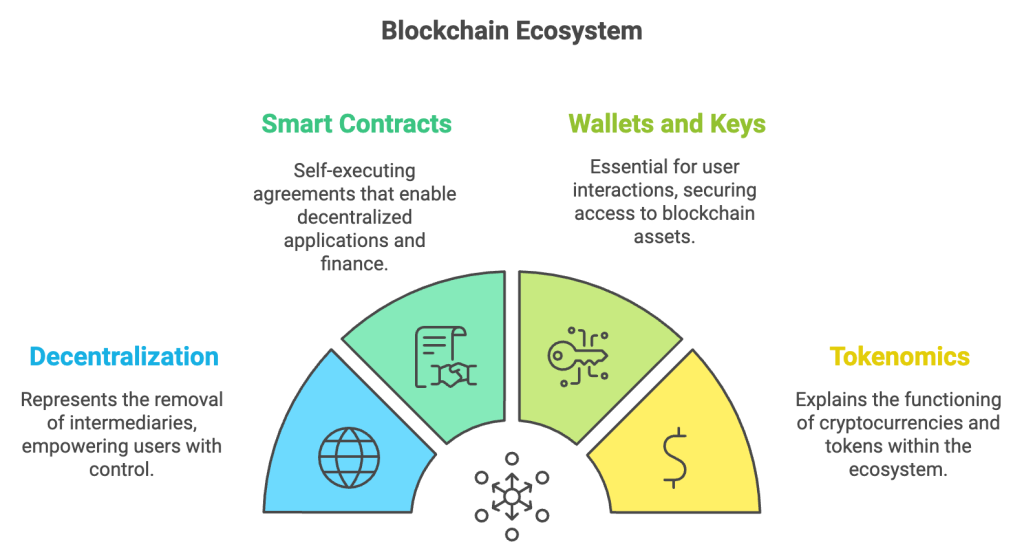
2. UX/UI Design Expertise
Great design bridges the gap between complex blockchain tech and everyday users. This is where your UX/UI skills shine. Blockchain products often come with steep learning curves, and your job is simplifying the experience.
UX/UI Skills in Demand:
- Wireframing and Prototyping: Sketching intuitive interfaces for wallets, dApps, and platforms.
- Designing for Trust: Using visual cues to reassure users that their assets are safe.
- Onboarding Flows: Guiding users through the setup of wallets, private keys, or transactions without overwhelming them.
- Mobile-First Design: Mobile optimization is necessary for many blockchain interactions on phones.
Pro Tip: Test your designs with non-tech-savvy users. If your grandma can figure it out, you’re doing it right.
3. Knowledge of User Behavior in Web3
Blockchain users are a unique crowd. Some are hardcore tech enthusiasts; others are complete newbies. Understanding their behavior helps you create designs that cater to a diverse audience.
What to Focus On:
- Privacy Concerns: Blockchain users value anonymity and data protection.
- Financial Literacy: Numerous users use DeFi platforms and tokens, so clarity in displaying numbers, charts, and transactions is crucial.
- Community-Driven Mindset: Web3 users frequently value decentralization and open collaboration. Reflect these values in your designs.
Why it matters: A one-size-fits-all design won’t work. Tailor your product for different user personas.
4. Familiarity with Blockchain Development Tools
You don’t have to code smart contracts, but understanding the tools developers use will make collaboration smoother. This knowledge also gives you insights into the technical constraints of blockchain design.
Tools to Know:
Pro Tip: Work closely with developers to ensure your designs are technically feasible.
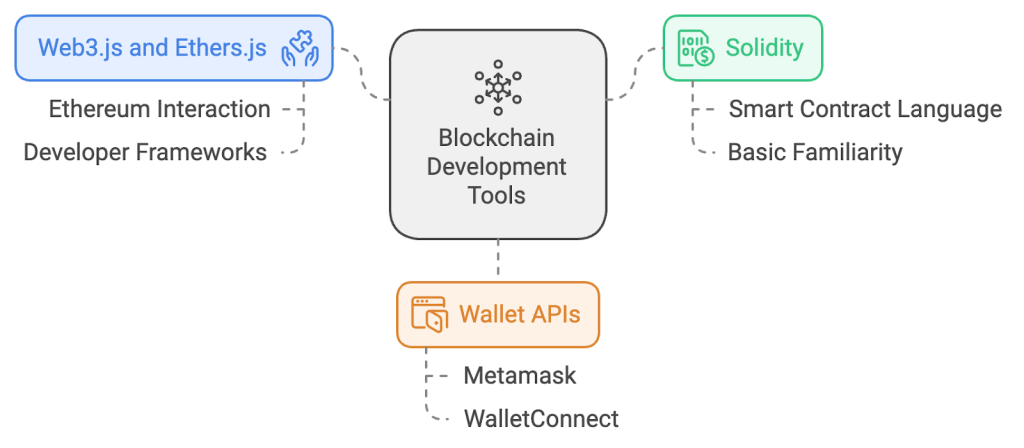
5. Designing for Scalability and Performance
Blockchain is often criticized for being slow or resource-intensive. As a designer, you’ll need to account for these limitations when creating user experiences.
Key Challenges:
- Transaction Speed: Inform users about delays in a way that doesn’t frustrate them.
- Gas Fees: Create transparent displays of fees to help users make informed decisions.
- Network Downtime: Design fallback options or notifications for when things go wrong.
Why it matters: A great design anticipates bottlenecks and sets realistic user expectations.
6. Creating Secure Experiences
Security is a top concern in blockchain products. Users deal with sensitive assets, so your designs must prioritize trust and safety at every step.
Security-Focused Design Tips:
Pro Tip: Collaborate with security experts to ensure your designs align with best practices.
7. Storytelling and Branding
Blockchain projects often rely on community support and buzz. Great design isn’t just about usability – it’s also about telling a compelling story.
How to Nail It:
- Crafting the Narrative: Use visuals to explain complex blockchain concepts in simple terms.
- Consistent Branding: Ensure your product’s colors, typography, and tone resonate with Web3 values.
- Interactive Elements: Gamify certain aspects of your product to engage users.
Why it matters: A strong story can turn curious visitors into loyal users.
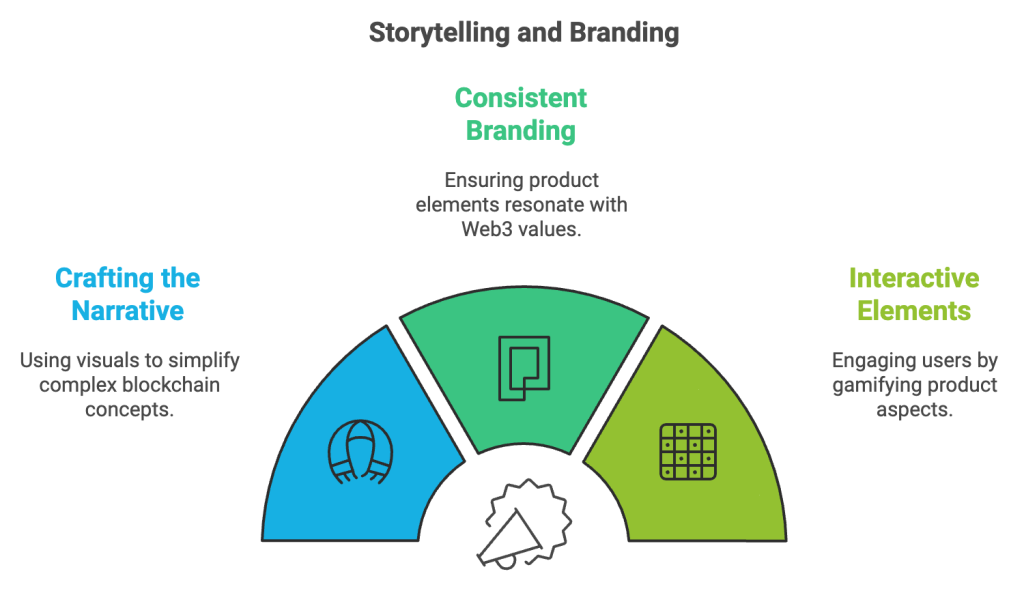
8. Adapting to Emerging Trends
Blockchain is advancing rapidly, and staying ahead means being ready for what’s next. Keep an eye on these 2025 trends to future-proof your skills:
Trends to Watch:
- Layer 2 Solutions: Design interfaces for faster and cheaper blockchain transactions.
- Decentralized Identity (DID): Create user-friendly interfaces for managing decentralized IDs.
- AI Integration: Incorporate AI to simplify complex interactions, like suggesting optimal transaction fees.
Pro Tip: Follow blockchain influencers and attend Web3 events to stay in the loop.
9. Collaboration and Communication Skills
As a blockchain product designer, you’ll work with a multidisciplinary team of developers, marketers, and community managers. Strong collaboration skills are essential to keep everyone on the same page.
Collaboration Essentials:
Why it matters: Great designs are born from teamwork, not isolation.
10. Experimenting with Decentralized Design
Decentralization isn’t just a tech feature – it’s a design challenge. How do you create user experiences without traditional middlemen or centralized control?
What to Focus On:
- DAO Interfaces: Design intuitive dashboards for decentralized autonomous organizations (DAOs).
- Community Voting Systems: Create engaging ways for users to vote on proposals.
- Peer-to-Peer Transactions: Simplify direct exchanges between users without third-party involvement.
Why it matters: Decentralized design empowers users and aligns with blockchain’s core values.
Final Thoughts
Blockchain product design in 2025 is about merging cutting-edge technology with human-centric design principles. It’s a field where creativity meets technical know-how, and the innovation potential is limitless. By mastering these essential skills, you’ll stay relevant and lead the charge in shaping the future of Web3.
So, whether you’re a seasoned designer looking to pivot into blockchain or a newbie excited about the possibilities, there’s never been a better time to dive into this dynamic field. With the right skills, you can turn complex blockchain products into intuitive tools that anyone can use – and that’s a superpower worth having.


